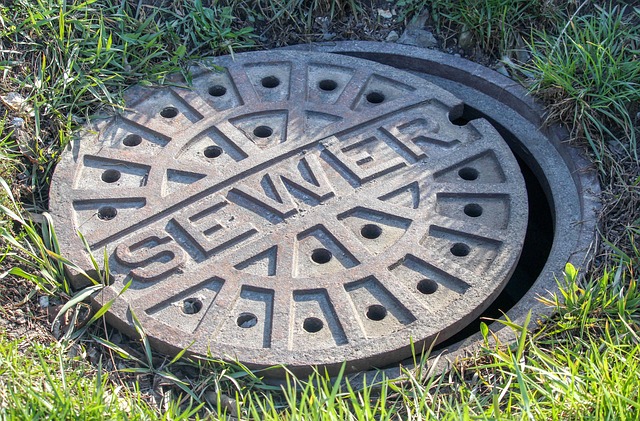Maintaining and ensuring sewer systems are working optimally is one of the the most challenging jobs governments have.
Unexpected problems can create serious spills and damage. And as these systems all lie underground, regular checks aren’t that simple.
But a new solution is emerging. A project led by Tallinn University of Technology (TalTech) involves building a fleet of AI-powered autonomous robots for sewer maintenance. The idea: send these robots through tight channels, spot minor faults, and handle fixes on their own.
The initiative goes by the name PIPEON. It’s a four-year, €8 million plan funded by the European Framework Programme on Robotics and Artificial Intelligence.
By blending modern machine learning with robotics, PIPEON aims to have autonomous robots monitor and maintain Europe’s sewer systems without direct human intervention.

“Robots are mostly used to perform dirty, tedious and dangerous work,” says Professor Maarja Kruusmaa, project leader at TalTech. “But few people have remembered that one of the most dangerous and hard-to-reach environments is right here under our feet when we walk home from work every day.”
There aren’t any robots that can work in the harsh, featureless environments of sewer systems. The team says they’re working on new types of locomotion mechanisms to ensure the robots can move in wastewater.
Small and smart autonomous robots are the focus
The robots the team are working on should work for days without needing much human intervention. They are being designed to identify and fix issues before they worsen and become large blockages or overflows. Put simply, they will carry out preventative repair.
However, this requires making the robots as smart as possible.
One of the obstacles the team faces is how the robots can effectively navigate sewer systems without relying on GPS or normal communication signals.
According to Kruusmaa, the answer lies in machine learning.
“We will use machine learning algorithms to move through underground areas as well as to identify potential defects,” Kruusmaa said.
In addition, the small size of the robots makes computing power limited, which requires a very tailored approach. “We need to make sure that the robot’s own small on-board computer is able to process, learn and decide, and this requires a completely different type of artificial intelligence,” Kruusmaa explained.
Many partners across Europe are on board
PIPEON brings together 12 organizations, including the Norwegian University of Science and Technology, the University of Sheffield, and the Italian start-up Herobots. Simon Tait, Professor of Water Engineering at the University of Sheffield, highlights why action is needed: “With over 3 million kilometers of sewer in Europe, affected by climate change, new environmental obligations and an aging workforce, water utilities need radically new approaches to maintaining their service to citizens.”
If this plan succeeds, city infrastructure could see a big shift. Instead of waiting for problems to escalate, these robots could pinpoint trouble long before floods or environmental hazards arise.
PIPEON’s team expects to test prototypes in several European sewer systems. They’re looking ahead to widespread use in the 2030s, hoping the technology can improve sewer system efficiency across major cities.
